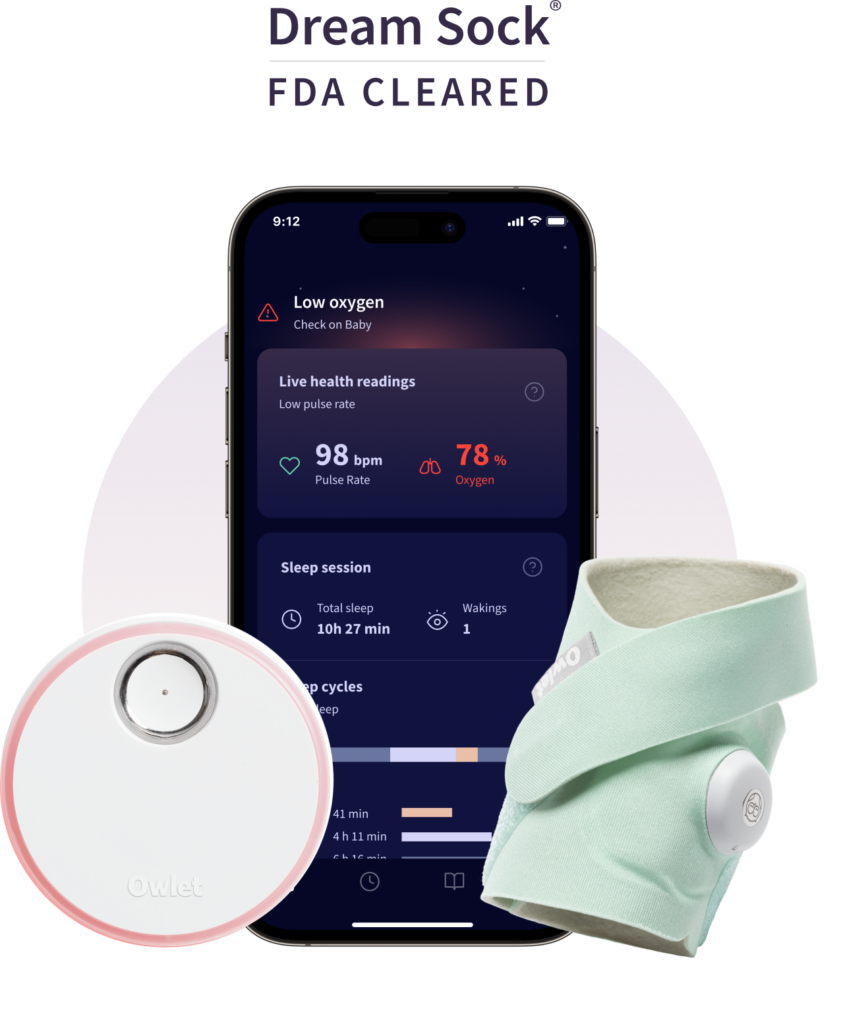 TTA has an open invitation to industry leaders to contribute to our Perspectives non-promotional opinion area. Today’s contribution is from Donna Gudmestad, MHL, BSN, RN, CCRN-K, who is clinical program manager and clinical product owner of mobile technology for Caregility, which provides secure, reliable, and HIPAA-compliant audio and video communication designed for any device and clinical workflow, in both acute and ambulatory settings supporting 1,300+ hospitals across dozens of health systems. Ms. Gudmestad has 30+ years of nursing experience and 14+ years of telemedicine operational and implementation experience. Prior to Caregility, she served as a bedside clinician, clinical manager, director of operations, and director of implementation. Her bachelor’s degree in nursing is from Indiana Wesleyan University and later earned a Master of Health Leadership from Western Governors University.
TTA has an open invitation to industry leaders to contribute to our Perspectives non-promotional opinion area. Today’s contribution is from Donna Gudmestad, MHL, BSN, RN, CCRN-K, who is clinical program manager and clinical product owner of mobile technology for Caregility, which provides secure, reliable, and HIPAA-compliant audio and video communication designed for any device and clinical workflow, in both acute and ambulatory settings supporting 1,300+ hospitals across dozens of health systems. Ms. Gudmestad has 30+ years of nursing experience and 14+ years of telemedicine operational and implementation experience. Prior to Caregility, she served as a bedside clinician, clinical manager, director of operations, and director of implementation. Her bachelor’s degree in nursing is from Indiana Wesleyan University and later earned a Master of Health Leadership from Western Governors University.
In this article, Ms. Gudmestad discusses how virtual nursing is not a substitute for in-person nursing, but supports traditional nursing by transcending physical boundaries in specific ways, both in patient care and in clinical workflow tasks, leading to better outcomes.
As healthcare executives, we are witnessing a remarkable transformation in the telehealth and virtual care industry, driven by the emergence of virtual nursing. This innovative approach to patient care, combining the convenience of telehealth with the expertise and empathy of registered nurses, is reshaping the healthcare landscape in profound ways– specifically the role of virtual nursing in clinical workflows and its profound impact on patient care.
Virtual nursing is not merely a digitized version of traditional nursing; it’s a dynamic interaction that transcends physical boundaries. Through video calls and chat interfaces, nurses can provide personalized guidance, address patient queries, offer much-needed emotional support, and provide workflow support for nursing staff. This heightened engagement fosters stronger patient-clinician relationships, resulting in enhanced patient satisfaction and greater adherence to treatment plans.
One of the essential aspects of clinical workflows is efficient patient triage. Virtual nurses excel in this domain, rapidly assessing the urgency of a patient’s condition and determining whether intervention is necessary. This swift and accurate decision-making reduces overcrowding in emergency rooms and clinics, optimizing resource allocation.
Beyond triage, virtual nurses excel in continuous monitoring. They can track vital signs, medication adherence, and symptom management remotely. Adjusting treatment plans and assisting patients in managing their conditions from the comfort of their homes becomes a reality. This proactive approach not only enhances patient care but also minimizes complications and readmissions.
After hospitalization or surgical procedures, patients require diligent follow-up to monitor their recovery. Virtual nursing streamlines this process by enabling nurses to conduct post-discharge check-ins via video calls. This proactive approach minimizes complications and the chance of costly readmission, leading to improved patient outcomes.
By reducing the necessity for in-person visits and hospital readmissions, virtual nursing contributes significantly to cost reduction for both patients and healthcare providers. This multifaceted approach to improving patient care enhances access, efficiency, and cost-effectiveness, positioning virtual nursing as a transformative force in healthcare.
From an inpatient perspective, virtual nursing helps to support bedside nursing staff by performing some of the most time-consuming activities such as admissions and discharges in addition to other supportive workflows. With certain technologies in place such as peripheral devices, virtual nurses can even also perform admission assessments throughout the hospital with the assistance of a bedside nurse tech.
As technology continues to advance and healthcare providers increasingly embrace virtual nursing, we can anticipate continued growth and evolution in the industry. Virtual nursing is more than just a trend; it represents a fundamental shift in the way we deliver and receive healthcare services. It offers a vision of healthcare that is accessible, efficient, and patient-centric.
Virtual nursing is not merely an addition to our healthcare toolbox; it is a catalyst for redefining clinical workflows and patient care. As healthcare executives, we have the privilege of witnessing this transformation firsthand. The future of healthcare is being shaped by innovations like virtual nursing, with benefits that extend far beyond our current understanding. Embracing this shift is not just a strategic choice; it is a commitment to delivering healthcare that is smarter, more compassionate, and more accessible to all.
 TASK Community Care, which was the first personal alarm and telecare company serving Ireland starting (an unbelievable) 45 years ago, has opened a fully-owned UK subsidiary, TASK Connect. It will be located in Lurgan, Northern Ireland. TASK Connect will provide 24/7 alarm services along with GPS location tracking with fall detection devices and monitoring. These can be ordered online, streamlining customer service and user implementation.
TASK Community Care, which was the first personal alarm and telecare company serving Ireland starting (an unbelievable) 45 years ago, has opened a fully-owned UK subsidiary, TASK Connect. It will be located in Lurgan, Northern Ireland. TASK Connect will provide 24/7 alarm services along with GPS location tracking with fall detection devices and monitoring. These can be ordered online, streamlining customer service and user implementation.



















Most Recent Comments